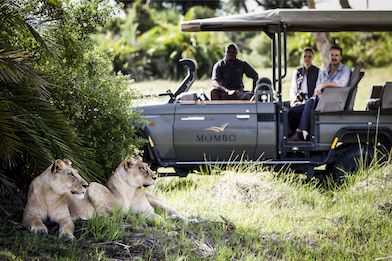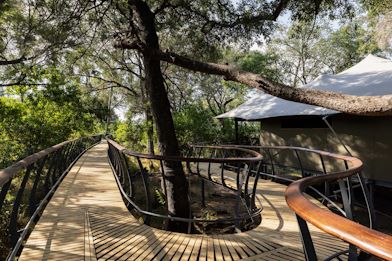It’s undeniably thrilling to see the ‘Big Five’ – elephant, lion, rhino, buffalo, and leopard – in the wild. Many seek them with a hunter’s fervour, through their camera lens rather than a rifle’s sight. The term derives from hunting animals deemed most dangerous, so raising the ante in terms of adrenalin. For years it’s been used as a marketing device, one that Wilderness has consciously avoided. But, as increasing numbers of tour operators are thankfully recognising, a safari entails so much more than a Big Five tick list – emphasising conservation and sustainability rather than photographic trophies.
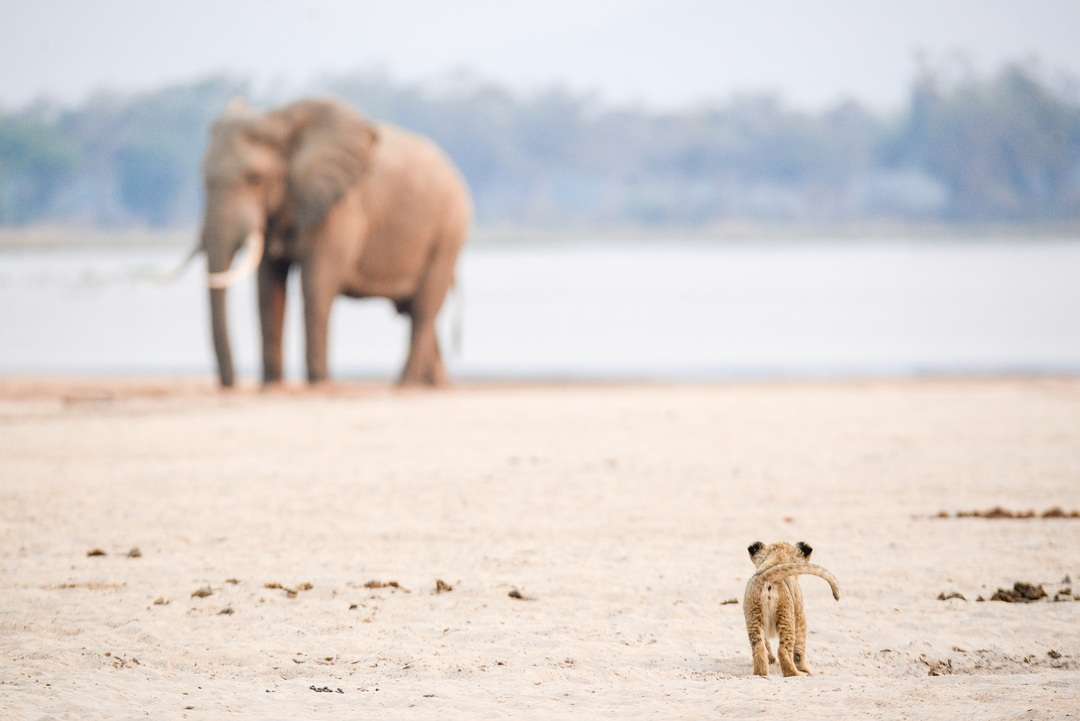
Granted, given their appeal, the Big Five bring in conservation dollars. Protecting them protects other species. It can also be problematic, especially if they’re imported as draw cards into unsuitable environments. A Big Five focus also puts a lot of pressure on guides, tour operators, and safari-goers themselves to ‘bag’ the Big Five sightings.
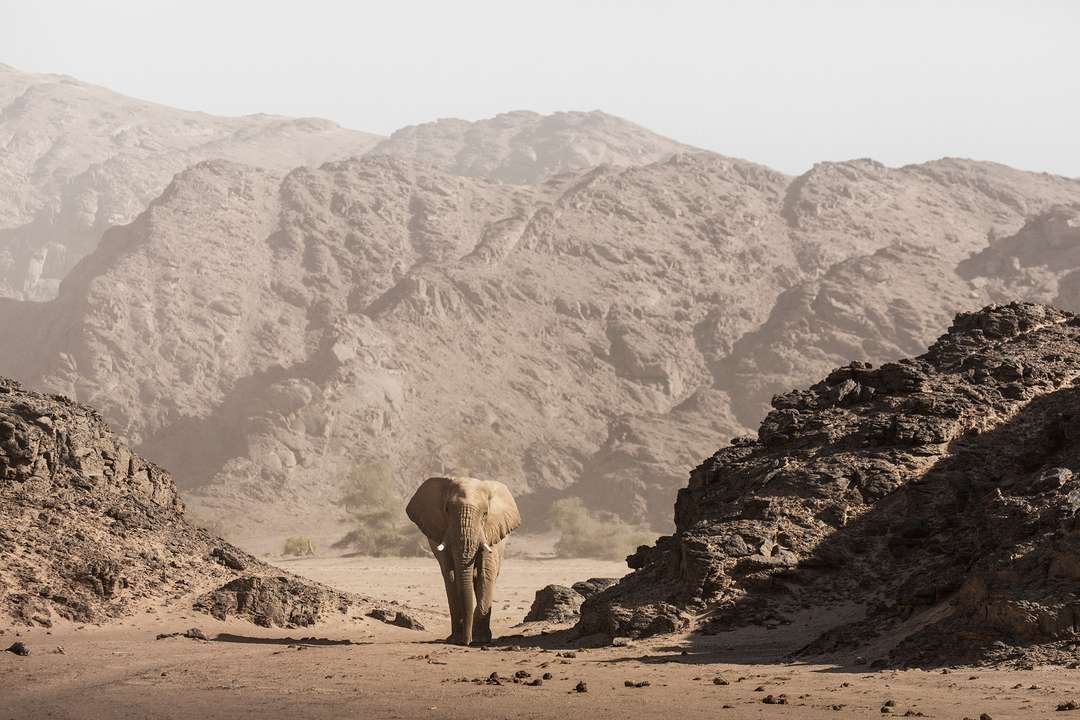
‘For guides there’s pressure to deliver on Big Five sightings, so many of the other aspects of the wilderness and ecosystem get excluded from the safari experience’, says Neil Midlane, Wilderness Safaris Group Impact Manager. ‘Guides are often rushing from one Big Five sighting to the next, and the whole experience becomes a stressful, box-ticking exercise. This has been made worse by social media – people feel they have to show their friends all the Big Five sightings they’ve had. What could be an incredible, immersive wilderness and wildlife experience becomes a rush job, with a feeling of being short-changed if they don’t get to tick off the list’.


Fortunately, at least in some quarters, safaris are becoming more eco-sensitive and more holistic, combining appreciation for the environment as well as its creatures and respecting biodiversity. Smaller creatures as well as larger ‘charismatic’ ones. Take a cue from the San, who read the Kalahari sands, revealing where a gemsbok spent the night; a scorpion’s lair; the trapdoor of a buck spoor spider; the medicinal value of plants. Each species is respected, flora and fauna; you can never learn enough about them – and their interconnectedness.

‘Focus on the privilege of being out in a pristine wilderness’, Neil advises, ‘a rarity in today’s world of human-impacted landscapes. Spend your time getting to understand the intricacies of the ecosystem, how it fits together, its fragility, its complexity. Try to use that to get a connection back to nature – something from which the vast majority of people are far removed in today’s world. Then, when you are lucky enough to come across the Big Five or other charismatic species, appreciate that privilege too, and try to understand their role in the system’.
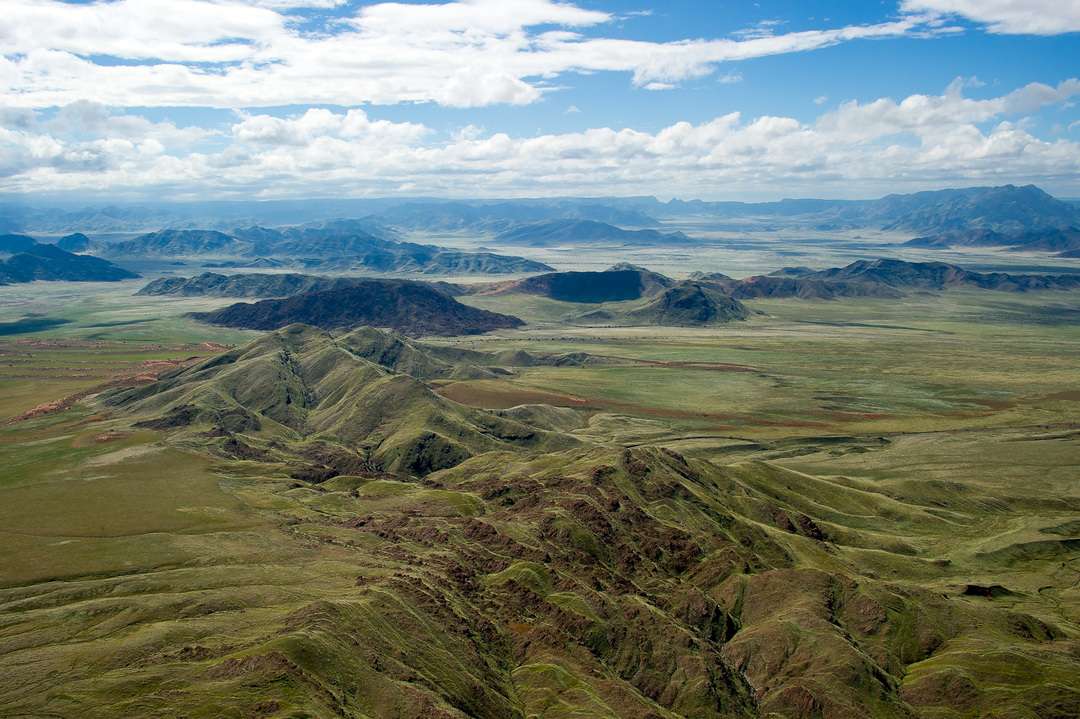
Since its inception 38 years ago, Wilderness has offered safaris where wildlife conservation and empowerment of local communities are front and centre, where guests are offered an immersive safari experience supporting those priorities. Whether they plant a tree to promote our reforestation efforts in Rwanda; help monitor wildlife at various camps; walk through the ‘living desert’ in Namibia to appreciate all forms of life surviving there; commune with nature as their mokoro glides through the Okavango Delta; listen to Himba tribal tales; or any one of countless other possibilities, that experience is multi-layered, enlightening, even life changing.
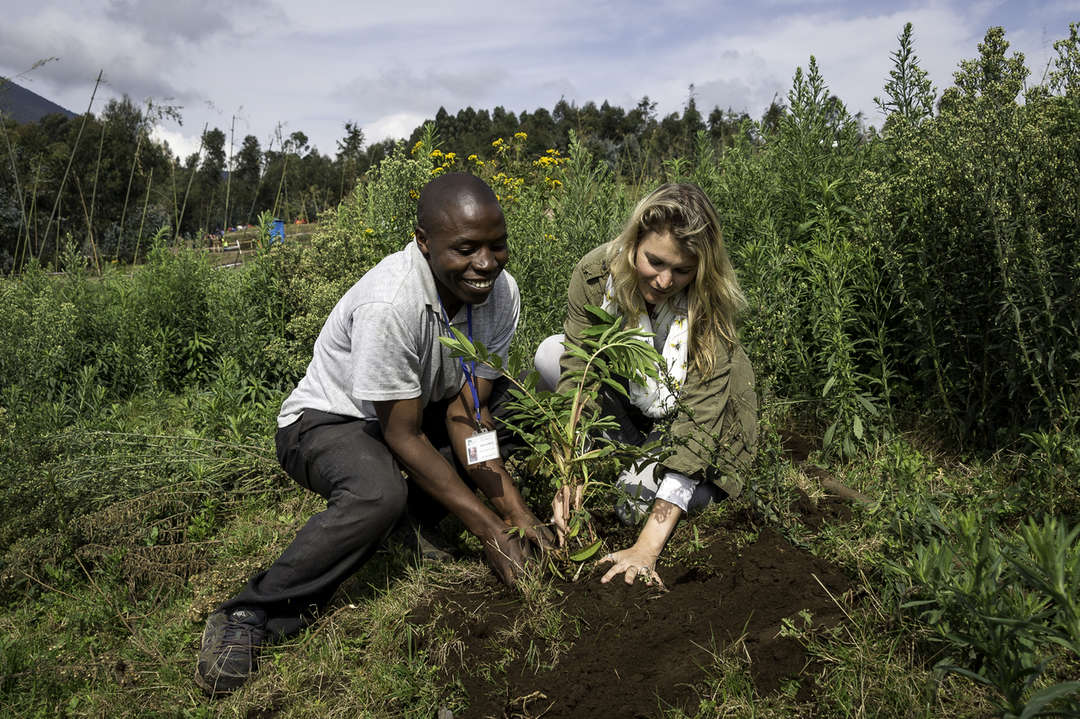
Recent Wilderness itineraries offering broader experiences to the standard ‘Big Five’ junket include an ‘Ultimate Restorative Journey’ to Toka Leya, our camp near Victoria Falls; DumaTau in Botswana’s Linyanti; and Jao in the Okavango. We’re also offering the ‘Ultimate Photographic Safari’, taking you to two camps in Zimbabwe, Linkwasha and Chikwenya, then on to Little Vumbura, and finally Mombo, our flagship camp, in Botswana.
Perhaps our most radical extension of the ‘Big Five’ safari, is our recent partnership with White Desert, a combination journey to Antarctica then on to Botswana or Namibia. A once-in-a-lifetime trip offering extreme perspectives on the planet and the life it often tenuously supports.
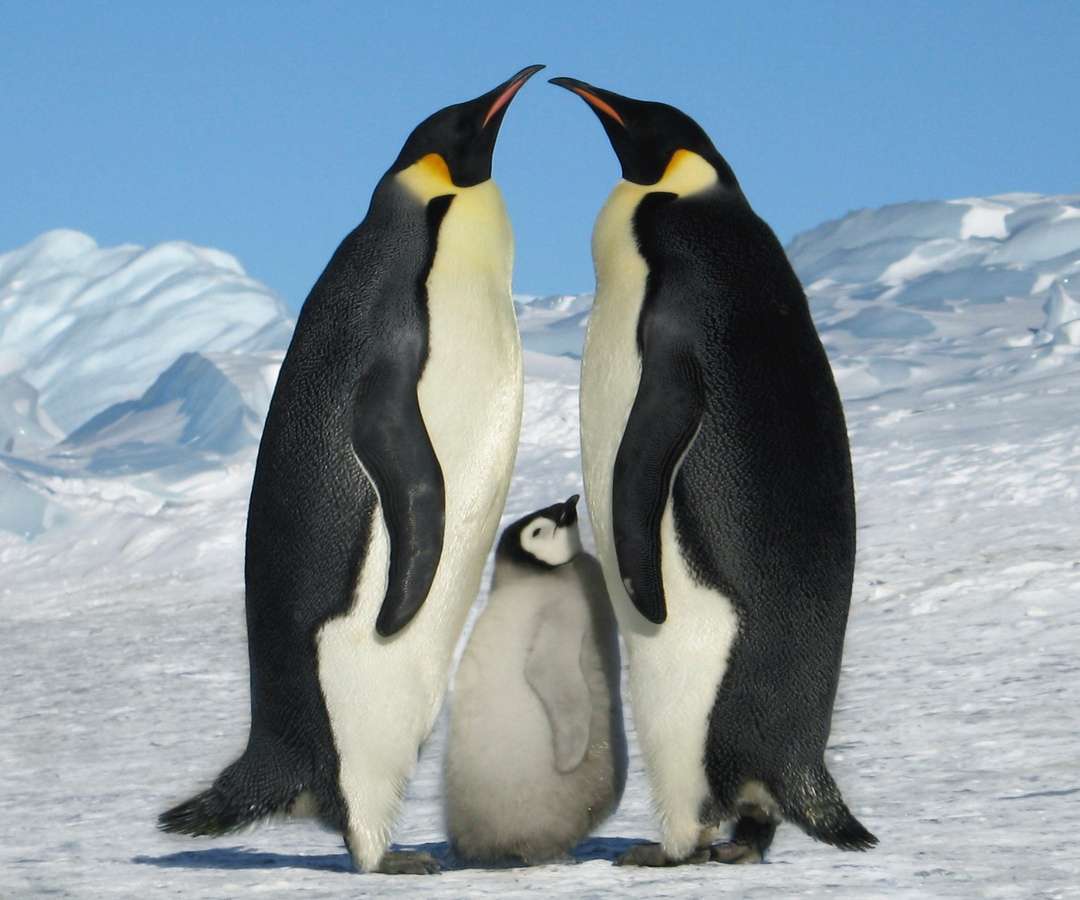
‘Including Antarctica creates a spectacularly different itinerary when combined with iconic destinations in Africa’, says Craig Glatthaar, Wilderness Safaris Business Manager for North America. ‘This makes for the ultimate COVID-19 “revenge” exploration, but done in a purposeful, conscious, and sustainable manner’.
As we’ve maintained for decades, we hope our journeys change lives, and Earth itself, for the better. Neil articulates the heart of how we hope to leave you post-safari, hopefully to return:

‘Coming away feeling rested, enriched by being immersed in nature, having a better understanding of how the natural world functions, how fragile and important it is and how threatened it is too. Having a desire to change your lifestyle where possible to help protect the environment and becoming an ambassador for conservation’.


